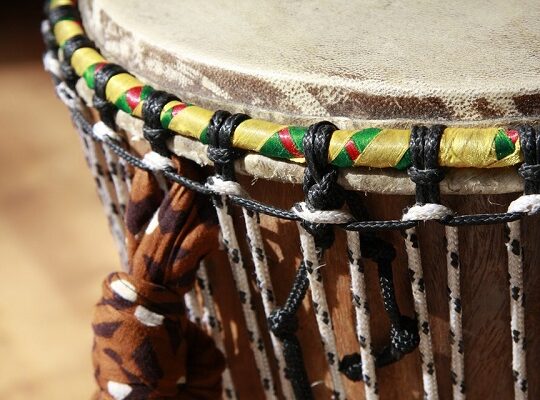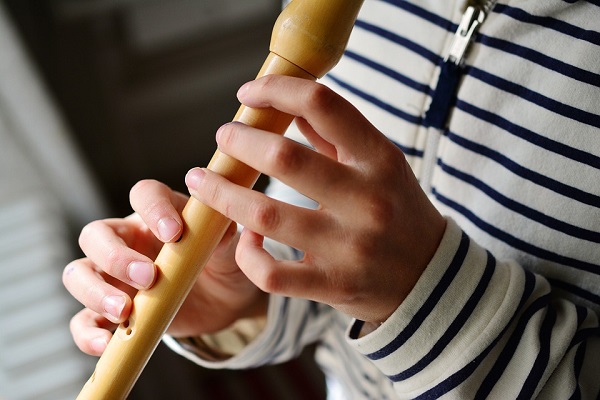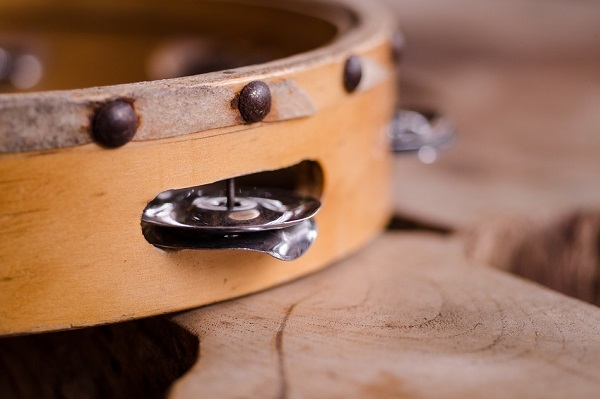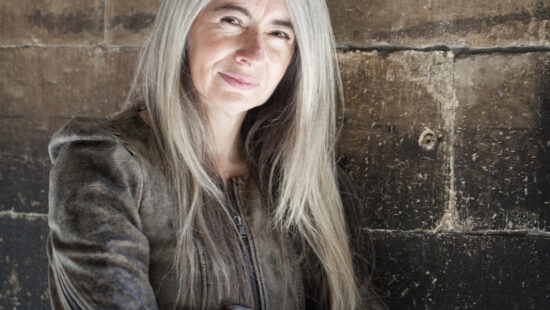Primary school music activities

Primary school music activities
By Stuart Barter (Chime), Artis Mentor Leader
We’ve all seen those mysterious unmarked doors in the corner of the school hall. The door refuses to open (the key was said to be lost in 1975), there’s a strange smell and a growling noise emanating from within; it’s almost certainly haunted in there.
In fact, it’s the instrument cupboard. That often neglected territory where no teacher dares to tread. But fear not, brave traveller, for the instrument cupboard is a treasure trove, bursting with creative potential waiting to be unleashed. With some grounding principles and a few activities, this blog will encourage you to prise the door open, release the instruments and let them achieve their destiny!
Tidy the cupboard (sorry!)
Start by bravely venturing into that condemned room and having a good old tidy and organise! Your colleagues are much more likely to share your enthusiasm for making music with children if the trolley is neat, all labelled up and logically organised. It sounds like a small thing, but it can make a big difference.
Have your own, private percussion jam!
If you’re not already a percussion master, the next step is familiarising yourself with the instruments. Dust them off and try them. See what sounds you can create. If you want to master the correct techniques, there are plenty of online videos to help you, but the most important thing is exploring the range of sounds that each instrument is capable of. Also, trust your ears – if one drum sounds nicer than another – it’s probably in better shape, so make a pile of the ‘good instruments’ and the not-so-good ones.
Match beaters to their instruments
You’ll see all sorts of beaters and sticks in the cupboard – they all look different and they all do different things. Very confusing! As before, don’t worry about the rules, just try out different combinations and see what sounds best. Here’s a few tips to get you started:
- Soft headed beaters sound great with cymbals.
- Use a rubber headed beater for the cow-bell, and hold the cow bell by the bell itself whilst playing – it’s EXTREMELY LOUD otherwise!
- Small wooden beaters sound great on wooden instruments like wood blocks, and guiros. Try using the other end of the stick too, especially for quietly scraping down the ridges on the guiro.
Demonstrate the instruments for the children
Before you give the instruments to your class of 30 children, demonstrate the wonderful sounds they make. Don’t worry too much about showing the exact instrument-specific techniques; it’s more about demonstrating a creative, exploratory approach to discovering sounds. This is your opportunity to model not only the sonic potential held within each instrument, but also the respect and reverence with which you treat the instruments. This approach hugely increases the quality of work the children produce, and reduces the risk of damage to the instruments and your ear-drums!

Playing with words
Start by using words to inspire sound. Use a list of vocabulary you’ve been studying in literacy or words inspired by a story. Adjectives, verbs and adverbs work especially well. “Am I playing an angry sound, or a calm sound?” – play your sound and ask the children to explain which they thought it was and why (there’s no right or wrong as long as the children can justify their response). Let the children try this, and try it with more complex words – “Am I playing a curious sound, or a shocked sound”. This simple game gives the children a great start with the principles of composition – as well as helping to reinforce vocabulary and grammar.
Performing in pairs
When creating their very first small group compositions, it’s a good idea to have the children in pairs, working with the same instrument to create a piece performed in unison (i.e. both playing exactly the same thing at the same time). This helps reinforce the skills of structuring pieces, team-work, listening and playing together.
Conducting the orchestra
Establish a few simple hand signals with the children (including the all-important STOP signal!). You can easily establish signals for getting louder; getting quieter; long, continuous sounds; short sounds and any others you can invent with your class. The children will also love conducting the class and it gives them a chance to explore the instruments, and develop presentation and non-verbal communication skills.
The Sound of Science
It may not be obvious, but there are great science links hidden in the instrument cupboard. You can help the children to distinguish between an object and the material from which it is made, by looking at percussion instruments and their materials. How does material make the instrument sound different? Can the children find a metal sound? Can they find a wooden sound? How does holding the cymbal by the cymbal itself (dampening) change the sound and why? Could you create a piece of music with a section for instruments of each material?

Underscoring the story
Story can help give structure to simple compositions. Take a very small section from a story (e.g. Little Red Riding Hood crept nervously into the dark forest), and find a way to recreate it through sound. Instruments can evoke the atmosphere and emotional content of the story, as well as the sound effects, where applicable. You could then place a few segments of story side-by-side, to create a longer, musical story. This work well with the book you are studying for literacy, but also to bring the children’s own stories to life.
Music, art and graphic scores
A vivid, atmospheric painting or another piece of visual art can be a perfect starting point for group composition. Highlight elements of the image for different groups to focus on; perhaps one group plays the dark colours, another creates a sound to evoke a character that is depicted, another plays music inspired by the shapes, lines and angles depicted. This can then be brought together as a whole class performance. Round off the process by helping the children produce their own graphic scores as a record of their composition.
Enable your children to sing, dance and act the curriculum with Artis.

